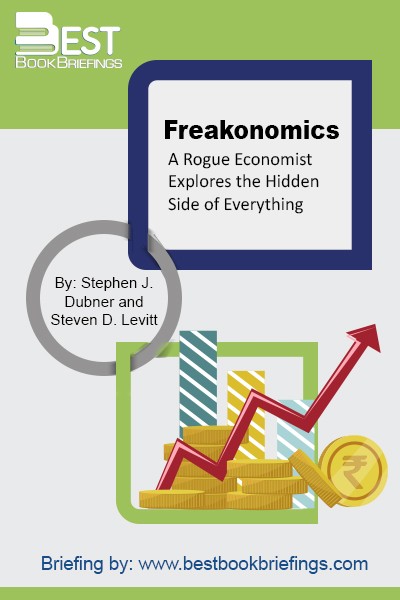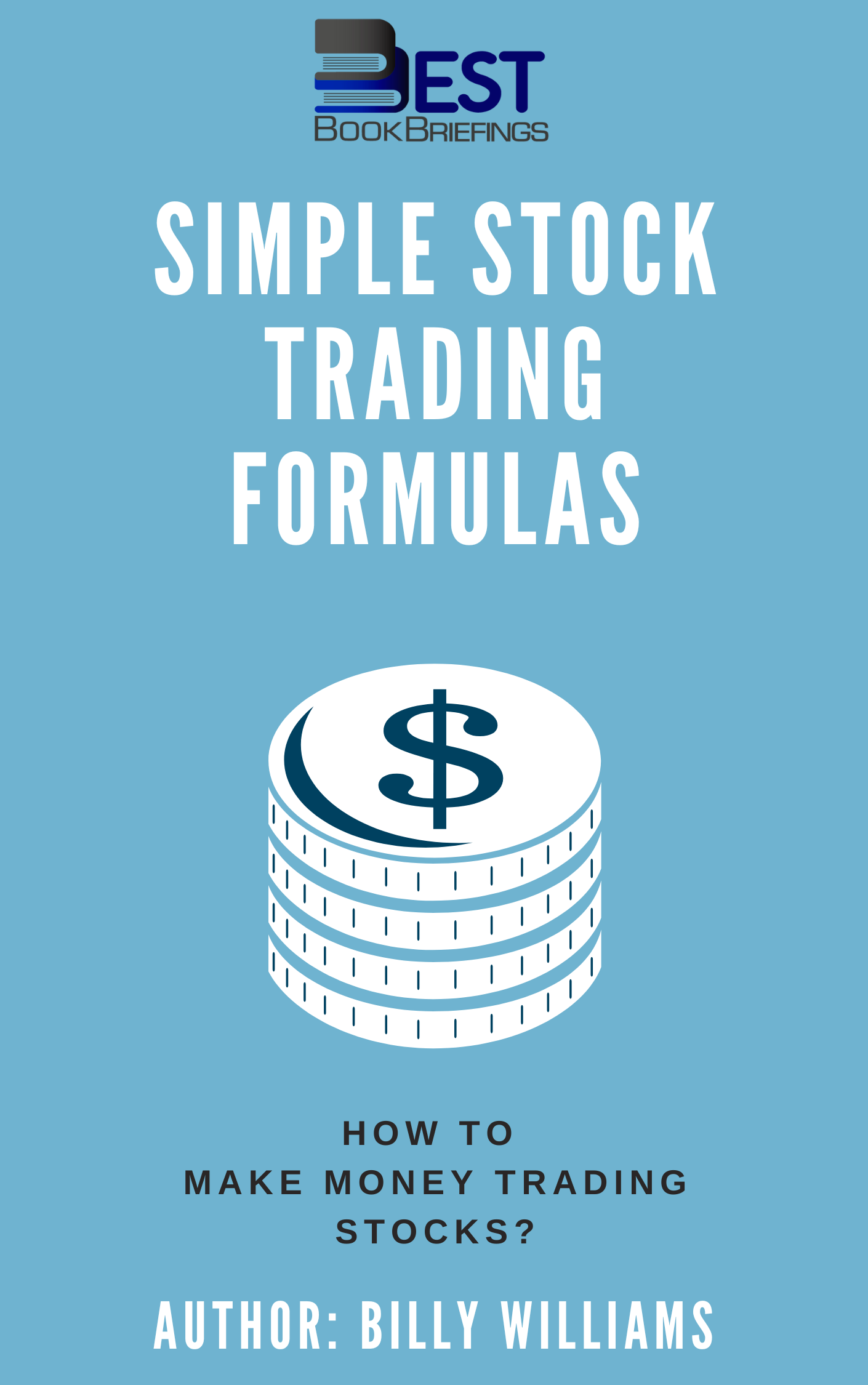Simple Stock Trading Formulas
How to Make Money Trading Stocks
Number of pages: 268
Publisher: Blue Zen Publishing
BBB Library: Economics and Investment
ISBN: 978-0615988320
Editorial Review
As a frequent contributor to Futures Magazine, MoneyMorning.com, Traders.com Advantage and other top financial publications, I know from experience that stock trading offers enormous profit potential for traders if you have the right tools for success. But, each year, millions of aspiring stock traders still come to the stock market but still fail to achieve any meaningful success despite being armed with the latest indicators or some expensive stock trading system. There are two main reasons: One, they lack a proper foundation in the study of price action and, two, they lack a method to show them where to find trading opportunities and when to pull the trigger. Price action is the language of the market that is spoken to you each day through price charts and, if you understand what its trying to tell you, then you'll never lack for low-risk trades again. But, you also have to have a stock trading method that provides a set of rules to show you when a trade is setting up with the least amount of risk combined with the highest probability of success. Without understanding either of these concepts, you're chances are slim that you'll succeed. But, if you have the patience, drive, and discipline to apply a few simple rules along with sound fundamental and technical analysis, then the odds are on your side that you'll succeed. In Simple Stock Trading Formulas, you'll read about the role of both the stock exchanges and stocks themselves so that you understand how the game is played. Next, you'll learn how to look under the hood to find fundamentally sound stocks that have the highest chance of becoming a high-performer, avoiding the stagnant, lifeless stocks that are going nowhere. Then, you'll get to the meat of the book and get a in-depth breakdown on technical tools, price patterns, how to spot compelling technical criteria, mindset, and a set of rules-based stock trading strategies that work in any market condition.
Book Reviews
Books on Related Topics

There is no better guide than Paul Krugman to basic economics, the ideas that animate much of our public policy. Likewise, there is no stronger foe of zombie economics, the misunderstandings that just won’t die. In Arguing with Zombies, Krugman tackles many of these misunderstandings, taking stock of where the United States has

The global financial crisis that shook virtually every country, government, and household in the world in 2008-09 gave way to a frustrating “new normal” of low growth, rising inequality, political dysfunction, and, in some cases, social tensions, so much so that the path of the global economy is likely to end

This book is not really about money, it is about creating the life you want. A part of that is deciding what role you want money to play in it. We all have money in our lives, what matters is that you master money and it doesn’t master you. The secret

Incentives are the cornerstone of modern life. And understanding them or ferreting them out is the key to solving just about any riddle. It isn't just the boldface names inside-trading CEOs and pill-popping ballplayers and perk-abusing politicians¾who cheat. It is the waitress who pockets her tips instead of pooling them. It



